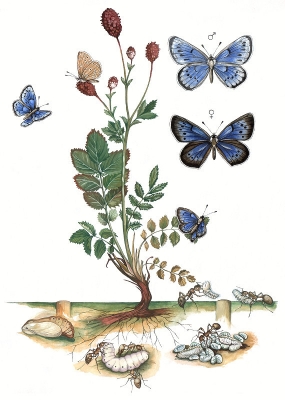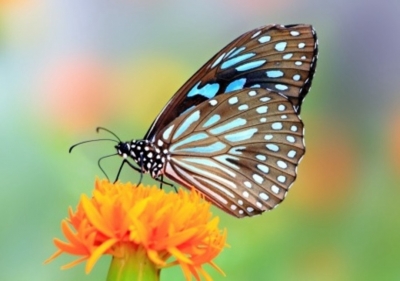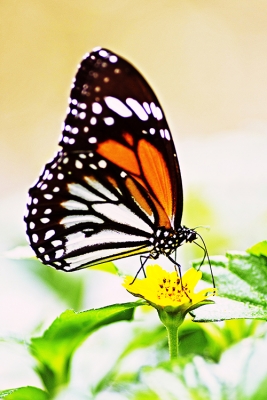
Creating a little butterfly patch in the garden at home will help you understand butterflies better and their importance to the ecosystem
Do you love butterflies? Have you ever observed them closely? Flitting from one flower to another, these fascinating creatures add beauty, colour and drama to the natural world. But they also serve an important purpose. Extremely sensitive to changes in the environment, butterflies act as indicators of a healthy ecosystem. If you watch them keenly, they can tell you a lot about the biodiversity in your region.
The world is home to over 20,000 different species of butterflies and India has over 1,500. But many of these are under threat of extinction due to habitat loss, environmental pollution and climate change. Some of these pretty creatures have disappeared from our cities altogether. The IUCN has classified 43 butterfly species in India as endangered.
By planting and protecting indigenous native plants and trees, we can bring back the butterflies, experts say.
If you have a wild patch in your garden or backyard. this could be the ideal place for a butterfly park. All you need to do is, ensure the area has a water body, a sunlit area, a shady area and host and nectar plants. Host plants
These act as lifelines for the butterflies. They lay eggs on the host plant and the caterpillars feed on the leaves. These plants provide nutrition to the hungry caterpillars. Without host plants, butterflies would not visit your garden. One of the common and easy-to-find host plants is the curry leaf. which attracts the beautiful common mormon butterfly.
If you can plant lemon or any plant belonging to the citrus variety, you can attract a number of butterflies in the swallowtail family.
Nectar plants
If host plants nourish caterpillars, nectar plants provide food for adult butterflies. Butterflies have a sharp sense of smell and they can spot colours from afar, so they are attracted to fragrant and colourful flowers, which are also a good source of nectar for them. From marigolds to ixora, most flowering plants can attract butterflies. If you don't plan to buy them from a nursery. even a common red hibiscus will do: as it attracts the brightly-coloured danaid egafly butterfly. Even the common milkweed and lantana are excellent sources of nectar for butterflies.
Puddling
If your garden does not include a natural waterbody. you could create a muddy. wet patch by watering an area frequently. Or, you could place a plastic sheet under this muddy spot to manage moisture level.Spread sand along the sides of the muddy place along with leaf litter from time to time. Butterflies, especially males, visit such damp areas to get their daily dose of water, minerals and essential chemicals. This is known as 'mud-puddling.’
Avoid pesticides
Do not spray pesticide in your garden. This will keep away all the butterflies.
Allow weeds
Do not pluck out grass and small herbs and weeds in your garden as these attract a large number of small butterflies. Maintain a wild patch as it is. You could also reach out to the nearest Butterfly Park in your city to learn more about the native plants in your region and the butterflies they can attract.
Picture Credit : Google
















